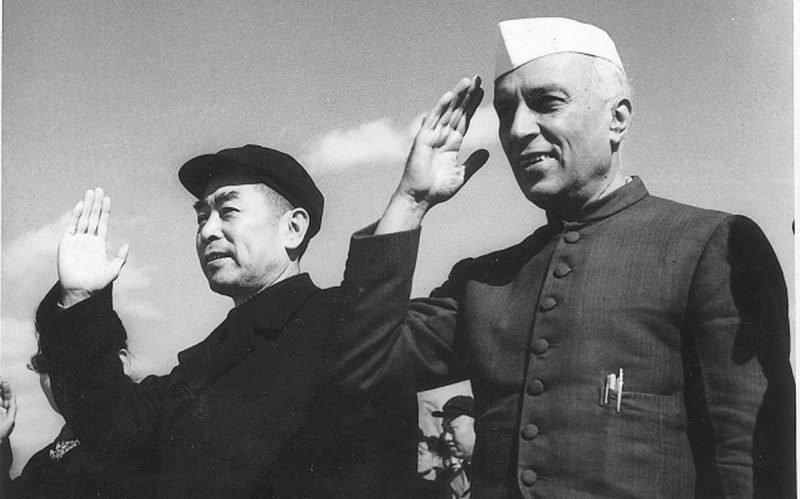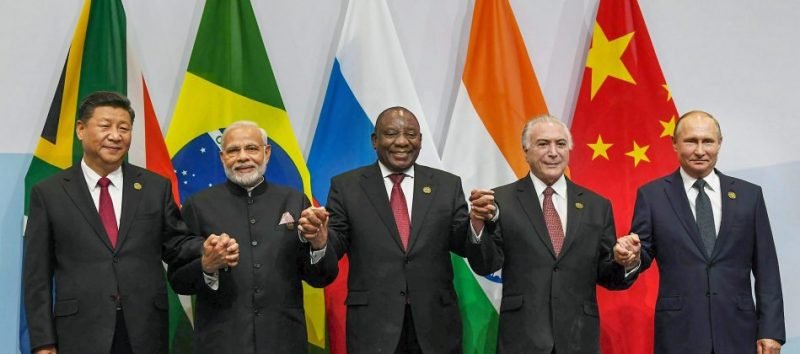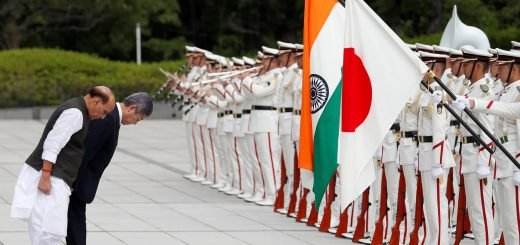Changing Patterns of India-China Trade Relations

Introduction
The history of bilateral trade between India and China traces its origins to the ancient Silk Route. The Silk Route is an ancient network of trade routes existing between South Western China and India’s North East region via Myanmar. This ancient trade route established by the Hans Dynasty acted as a gateway through which Buddhism spread to China and East Asia from India. These routes were more than just trade routes. It acted as carrier of ideas, innovations, discoveries and many more (Khwairakpam, 2020).
In the year 1954, a treaty was signed between India and the Tibet region of China. This treaty was known as the Panchsheel or The Five Principles of Peaceful Coexistence which was signed by the then Prime Minister Jawaharlal Nehru of India and China’s first Premier Zhou En Lai. The aim was to resolve the border and trade disputes between the two Asian giants. The 5 principles of peaceful coexistence are as follows:
- Peaceful co-existence
- Mutual respect for each other’s territorial integrity and sovereignty
- Mutual non-interference
- Mutual non-aggression
- Equality and mutual benefit.
Dialogue Mechanisms
The economic and commercial relationship between India and China are carved through various dialogue mechanisms such as the Joint Economic Group (JEG) headed by the ministry of commerce of both India and China, and Strategic Economic Dialogue (SED) headed by the Vice-Chairman of Niti Aayog of India and National Development and Reform Commission (NDRC) of China, Development Research Center (DRC) Dialogue and Financial Dialogue headed by Secretary, Department of Economic Affairs of India and Ministry of Finance of People’s Republic of China. There are various other institutionalized dialogue mechanisms. Some among them are the Joint Working Group (JWG) on trade, India China Joint working group on agriculture and so on. These dialogue mechanisms provide the two countries with a common platform where they discuss various issues related to economy, agriculture, technology etc. (Ministry of External Affairs of India, 2020).
India and China are a part of several multilateral organizations also such as BRICS (Brazil, Russia, India, China, South Africa), RIC (Russia, India, China), SCO (Shanghai Cooperation Organization) and G20 (Group of Twenty). The participation of the two Asian giants in these organizations contributes to strengthening their economic and commercial relationship and also fosters coordination among themselves (Ministry of External Affairs of India, 2020).

Table: Bilateral and multi-trade between India and China (2015-2020)
| YEAR | India’s Export to China | % Change | India’s Imports from China | % Change | Trade Imbalance | Total Trade | % Change |
| 2015 | 13.4 | -18.39 | 58.26 | 7.42 | 44.86 | 71.66 | 1.42 |
| 2016 | 11.75 | -12.29 | 59.43 | 2.01 | 47.68 | 71.18 | -0.67 |
| 2017 | 16.34 | 39.11 | 68.10 | 14.59 | 51.76 | 84.44 | 18.63 |
| 2018 | 18.83 | 15.21 | 76.87 | 12.89 | 58.04 | 95.70 | 13.34 |
| 2019 | 17.97 | -4.55 | 74.92 | -2.54 | 56.95 | 92.90 | -2.93 |
| 2020 (Jan-Sept) | 15.32 | 14.90 (same period in 2019) | 45.18 | -19.80 (same period in 2019) | 29.86 | 60.51 | 13.1 (same period in 2019) |
From the above table, it is evident that India’s imports from China have exceeded its exports to China consistently. This has given rise to the biggest single trade deficit that India is running with any country. The trade deficit which India has with China has two concerning sides. The first being the actual size of the deficit and the second is that the deficit has been widening continuously year by year and had reached 58.04 billion USD in 2018. In the year 2019, the trade deficit between India with China came down to 56.95 billion USD. It is for the first time that the trade deficit has declined since the year 2005. The following could be the probable reasons behind it-
- Followed by the clash between the Indian and Chinese militaries in Ladakh’s Galwan Valley in June 2020, the Power Ministry of India imposed a de facto ban on the import of power equipment from China citing cyber security concerns. The state-owned telecommunication companies like BSNL and MTNL were instructed by the government to disbar Chinese telecom equipment firms like Huawei and ZTE from its network upgrading process.
- The Indian government reformed the rules pertaining to the Foreign Direct Investment (FDI) in India. It made the central government’s approval a must for any FDI in Indian firms from any country. It aimed at the prevention of opportunistic takeovers of domestic firms by Chinese companies during the pandemic.
- In order to protect the local manufacturers, India imposed anti-dumping duties on five Chinese products in December 2021. The products included certain aluminium goods and chemicals.
Conclusion
Even though China is India’s largest trading partner, there are various hindrances that the Indian exporters face in attracting the Chinese market. Few among them are lack of information on customs procedures, imposition of excessive customs and other levies with frequent rate changes, complex customs valuation procedures etc. and so on. The geopolitical competition and rivalry are also one of the reasons for the lack of trust and strong economic cooperation between India and China. China’s intervention in the South Asian region and its close ties with Sri Lanka and Pakistan are also major concerns for India. The Belt and Road Initiative (BRI) of China and India’s integration into the Quad (US-Japan-Australia-India) further strained the economic relationship.
References
1) “Indian Exports to China.” Maps Of India, https://business.mapsofindia.com/trade-
relations/india-china/indian-exports-to-china.html.
2) “Mea: Briefs on Foreign Relations.” Ministry of External Affairs, Government of India,
https://www.mea.gov.in/foreign-relations.html.
3) Embassy of India, Beijing, https://www.eoibeijing.gov.in/eoibejing_pages/Mjg.
4) Khwairakpam, Angela, et al. “India-China Trade in Ancient Times: Southern Silk
Route.” The Peninsula Foundation, 8 Nov. 2020,
https://www.thepeninsula.org.in/2020/07/09/india-china-trade-in-ancient-times-southern-
silk-route-2/.
5) Welcome to department of commerce, Government of India. “Home.” Mcommerce,



















